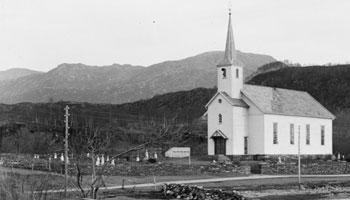Sometimes we take the things we see regularly for granted, forgetting the history because it is so far from where we are today.
Children’s ministry has a deep but recent history. Below are three interesting facts about how children’s ministry began.1
1. Children’s ministry started in mid-1700’s in England.
The first Sunday schools were held on Sunday afternoons and taught more than just the Bible. Sunday schools taught children to read and write on what was usually their only day off of work.
2. The first Sunday schools in the U.S. were started in textile mills after the American Revolution.
Samuel Slater (aka “Father of the American Industrial Revolution”) hired college students in Pawtucket, Rhode Island to teach children how to read and write in his own factories.
3. Sunday schools taught reading and writing 90 years before weekday schools.
Sunday schools offered education at churches before it was mainstream. Furthermore, though the classes included the same subjects as modern schools, they didn’t keep a record of grades. Often, the only record kept of students was attendance to encourage children to attend regularly.
What Can We Learn from History
It’s easy to say that a lot has changed in the 250+ years since children’s ministry started, but there’s still a lot we can learn from the past.
1. What children’s ministry does is direly important.
Children’s ministry was founded in children’s education. Whether we recognize it or not, what we do help kids read and write and interact beyond what they get at school. (Plus, it’s a huge bonus that our subject matter is eternal reaching.)
2. We can’t limit our ministry because we lack something.
Holding a Sunday school in a manufacturing facility (like Samuel Slater did) probably isn’t the best idea, but it’s an idea. If your ministry is running out of space—or coming up against some other constraint—pray, do some creative problem solving, and whatever it takes to make sure your kids don’t miss out.
3. Offer what no one else is offering.
Is there a need in your community that isn’t getting met by a school or local government? What would it look like if your church met the need? Would it look like this? Or this? Or…?
1Source: Wikipedia






